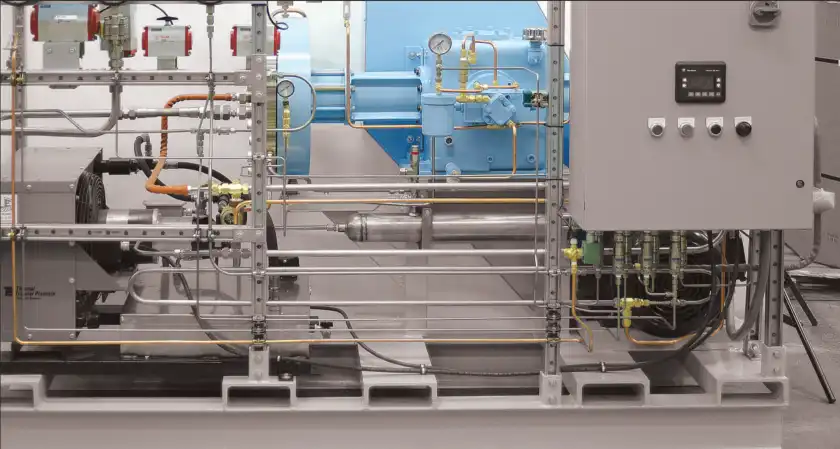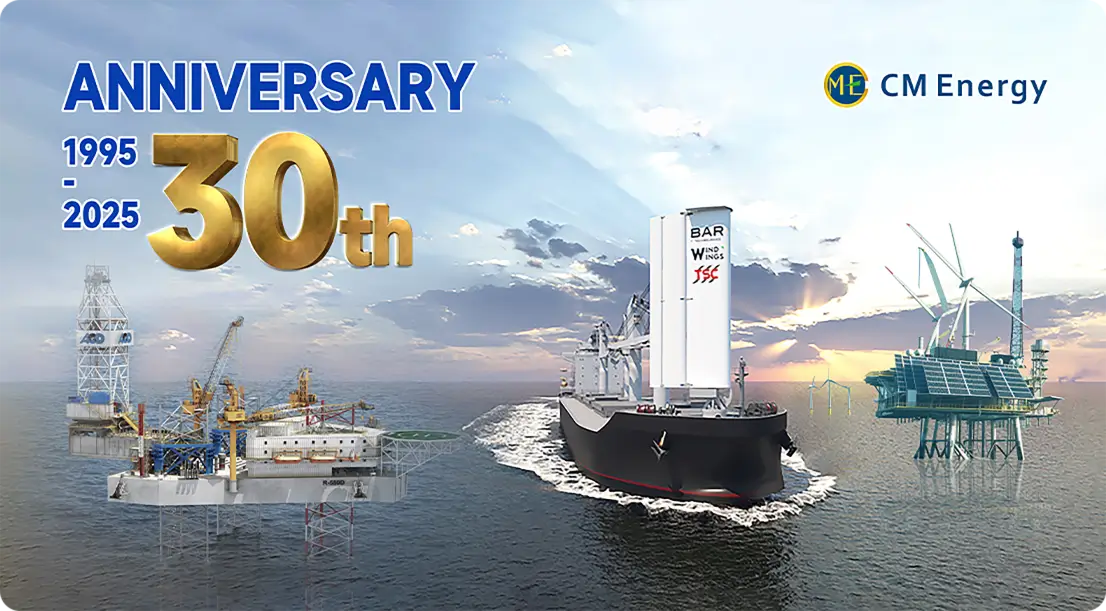Growth projections for hydrogen infrastructure
The hydrogen infrastructure sector is poised for remarkable expansion in the coming years. Industry analysts predict a substantial increase in the number of hydrogen fueling stations worldwide, driven by growing demand for clean energy solutions and supportive government policies. According to recent market reports, the global hydrogen fueling station market is expected to grow at a compound annual growth rate (CAGR) of over 25% between 2025 and 2030.
Regional market trends
While the growth of hydrogen infrastructure is a global phenomenon, certain regions are leading the charge. Asia-Pacific, particularly Japan and South Korea, has shown significant commitment to hydrogen adoption, with ambitious targets for expanding their hydrogen fueling networks. Europe is also making substantial progress, with countries like Germany and the United Kingdom investing heavily in hydrogen infrastructure development. North America, led by California's initiatives, is rapidly increasing its hydrogen fueling station count to support the growing FCEV market.
Sector-specific growth opportunities
The expansion of hydrogen infrastructure extends beyond personal transportation. Various sectors are recognizing the potential of hydrogen as a clean energy source, creating diverse growth opportunities for fueling stations. Some key areas of development include:
- Public transportation: Cities worldwide are integrating hydrogen-powered buses into their fleets, necessitating dedicated fueling infrastructure.
- Logistics and freight: Long-haul trucking companies are exploring hydrogen as an alternative to diesel, driving demand for highway corridor fueling stations.
- Industrial applications: Forklifts and other material handling equipment in warehouses and distribution centers are increasingly adopting hydrogen fuel cells, requiring on-site fueling solutions.
- Maritime sector: Ports are investigating hydrogen as a clean fuel option for ships and port equipment, creating opportunities for coastal hydrogen infrastructure.
Investment opportunities in green hydrogen
As the hydrogen economy gains momentum, investment opportunities in green hydrogen production and infrastructure are multiplying. Green hydrogen, produced through electrolysis powered by renewable energy sources, is attracting significant attention from investors and policymakers alike.
Government initiatives and funding
Governments worldwide are recognizing the potential of hydrogen in achieving their climate goals and energy security objectives. Many countries have introduced hydrogen strategies and allocated substantial funding to support the development of hydrogen infrastructure. For example, the European Union has set ambitious targets for green hydrogen production and is providing financial incentives for hydrogen projects. Similarly, the United States has included hydrogen fueling stations in its infrastructure investment plans.
Private sector engagement
The private sector is also playing a crucial role in advancing hydrogen infrastructure. Energy companies, automotive manufacturers, and technology firms are investing in hydrogen production, distribution, and fueling station technologies. Collaborations between industry players are becoming increasingly common, pooling resources and expertise to accelerate the deployment of hydrogen infrastructure.
CM Energy, a technology-driven enterprise listed on the Hong Kong Stock Exchange, is at the forefront of hydrogen energy equipment and fuel production. With its innovative solutions and commitment to sustainable energy, CM Energy is well-positioned to capitalize on the growing demand for hydrogen infrastructure.
Innovative business models
The hydrogen economy is fostering the development of innovative business models and investment structures. Some emerging opportunities include:
- Hydrogen-as-a-Service: Companies offering turnkey solutions for hydrogen production, distribution, and fueling infrastructure.
- Green hydrogen bonds: Financial instruments designed to fund large-scale hydrogen projects and infrastructure development.
- Joint ventures: Partnerships between energy companies, technology providers, and infrastructure developers to share risks and accelerate project implementation.
Overcoming barriers to widespread H2 adoption
While the potential for hydrogen fueling stations is significant, several challenges need to be addressed to achieve widespread adoption. Stakeholders across the industry are working diligently to overcome these barriers and create a more favorable environment for hydrogen infrastructure development.
Cost reduction strategies
One of the primary challenges facing the hydrogen economy is the high cost of infrastructure development and hydrogen production. However, several strategies are being employed to reduce costs:
- Economies of scale: As production volumes increase, the cost of electrolyzers and other key components is expected to decrease significantly.
- Technological advancements: Ongoing research and development efforts are focused on improving the efficiency of hydrogen production, compression, and dispensing technologies.
- Standardization: Industry-wide efforts to standardize equipment and processes can help reduce costs and improve interoperability.
Addressing safety concerns
Safety is a paramount concern in the development and operation of hydrogen fueling stations. To address these concerns and build public confidence, industry leaders are:
- Implementing rigorous safety standards and protocols
- Conducting extensive training programs for operators and maintenance personnel
- Investing in advanced monitoring and control systems to ensure safe operation
- Engaging in public education campaigns to dispel myths and misconceptions about hydrogen safety
Expanding hydrogen production capacity
To support the growing network of hydrogen fueling stations, significant expansion of hydrogen production capacity is necessary. This includes:
- Scaling up green hydrogen production through large-scale renewable energy projects
- Developing regional hydrogen hubs to optimize production and distribution
- Exploring innovative hydrogen production methods, such as offshore wind-powered electrolysis
Conclusion
The market potential and future prospects for hydrogen fueling stations are exceptionally promising. As the world transitions towards cleaner energy solutions, hydrogen infrastructure will play a crucial role in supporting the adoption of fuel cell electric vehicles and other hydrogen-powered applications. With continued investment, technological advancements, and supportive policies, the hydrogen economy is poised for significant growth in the coming decades.
Companies like TSC are at the forefront of this transformation, offering innovative solutions and expertise in hydrogen energy equipment and fuel production. As the industry evolves, TSC's commitment to pioneering advancements in the new energy sector positions it well to capitalize on the expanding hydrogen infrastructure market.
Accelerate Your Hydrogen Future with CM Energy
As the hydrogen economy gains momentum, partnering with a trusted and experienced hydrogen fueling station manufacturer is crucial. CM Energy, with its cutting-edge technology and comprehensive solutions, is your ideal partner in this green energy revolution. Our customized equipment packages and EPC services for hydrogen fueling stations are designed to meet your specific needs, ensuring reliability, safety, and efficiency. With CM Energy's expertise, you can confidently invest in the future of clean energy and position your business at the forefront of the hydrogen economy.
Ready to explore how CM Energy can support your hydrogen infrastructure projects? Contact our team of experts today at info.cn@cm-energy.com to discuss your requirements and discover our tailored solutions.
References
- International Energy Agency. (2023). Global Hydrogen Review 2023. IEA Publications.
- Hydrogen Council. (2022). Hydrogen Insights Report. Hydrogen Council and McKinsey & Company.
- National Renewable Energy Laboratory. (2023). Hydrogen Station Network Development: Status and Projections. U.S. Department of Energy.
- European Commission. (2022). European Hydrogen Strategy: Progress and Future Outlook. Publications Office of the European Union.
- California Air Resources Board. (2023). Annual Evaluation of Fuel Cell Electric Vehicle Deployment and Hydrogen Fuel Station Network Development. State of California.
- Bloomberg New Energy Finance. (2023). Hydrogen Economy Outlook: Key Trends and Market Projections. Bloomberg Finance L.P.


